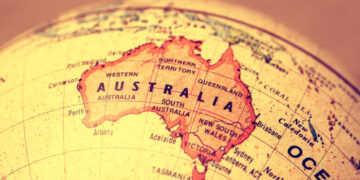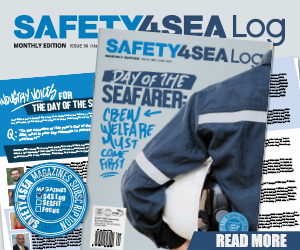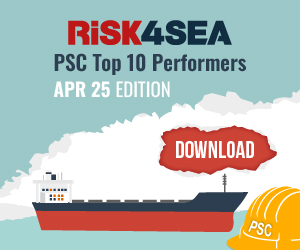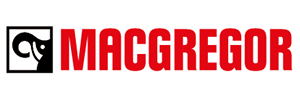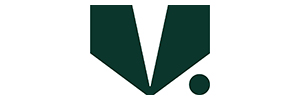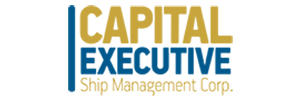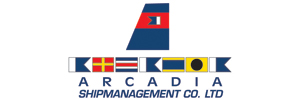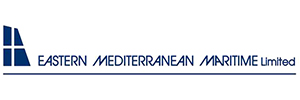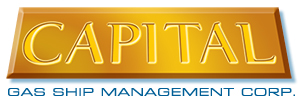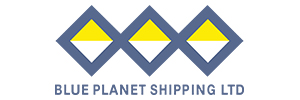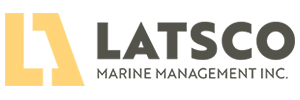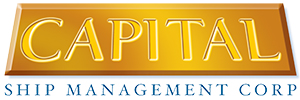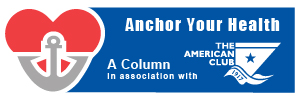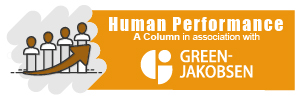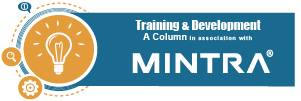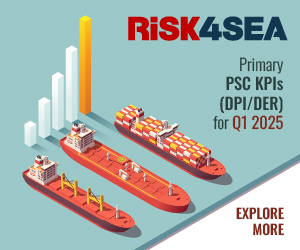Food preparation onboard vessels plays a critical role in maintaining the health, safety, and morale of seafarers.
Under the Maritime Labour Convention (MLC) 2006, particularly Regulation 3.2, member states are obligated to ensure that ships flying their flag provide access to high-quality food and drinking water. These must be supplied free of charge and under hygienic conditions. The regulation addresses nutritional standards, cultural and religious considerations, and the qualifications of food preparation personnel
Best Practices
#1 Thawing and cooking raw ingredients
Meat, poultry, and seafood must always be defrosted in a refrigerator, ideally stored in a drip pan and placed below other food to avoid cross-contamination. If quicker thawing is needed, ingredients can be placed in a leak-proof bag and submerged in cold running water, with the water changed every 30 minutes. Alternatively, a microwave may be used if the food is cooked immediately afterward. In all cases, food must be cooked as soon as it is thawed to prevent bacterial growth.
#2 Hygiene and safety measures
Food must be prepared in a clean, well-maintained galley equipped with surfaces that are waterproof, easy to clean, and free of damage. High-risk foods such as raw poultry, seafood, and cooked meats should always be kept separate from low-risk items like jams or canned goods. Common mistakes that lead to food poisoning include cross-contamination, poor temperature control, and inadequate cooking.
#3 Understanding food hazards
Food safety requires managing four main types of hazards:
- Physical hazards such as glass, bones, shells, or metal fragments.
- Chemical hazards from cleaning agents, pesticides, or naturally occurring biotoxins.
- Biological hazards including bacteria, viruses, and molds.
- Allergenic hazards, especially from nuts, shellfish, and dairy products, which can pose serious risks to individuals with allergies.
#4 Personal hygiene standards
Personnel involved in food handling must adhere to strict personal hygiene protocols. Food-preparation clothing should not be worn outside the kitchen. Hands must be washed thoroughly after using the restroom and before handling any food. Hair must be clean and properly covered.
Cuts must be covered securely, and gloves should be worn when necessary. Smoking is strictly prohibited in the galley and sneezing or touching the face or hair while preparing food must be avoided at all times.
#5 Meal planning and nutrition
Meals onboard typically follow a daily or weekly plan, often including at least five meals per day. These plans are usually developed with input from the ship’s master to ensure variety and balance.
Menus must accommodate dietary restrictions—whether for health, religious, or personal reasons. Providing access to educational materials on nutrition empowers seafarers to make informed dietary choices.
Food safety is everyone’s responsibility
Whether in a five-star restaurant or aboard a ship at sea, food safety principles remain the same. Every crew member involved in food handling must uphold the highest hygiene and preparation standards to prevent foodborne illnesses.
Proper training, constant vigilance, and strict adherence to international standards ensure not only individual health but also the safe and effective operation of the entire vessel.
























